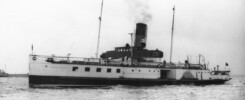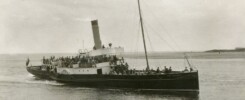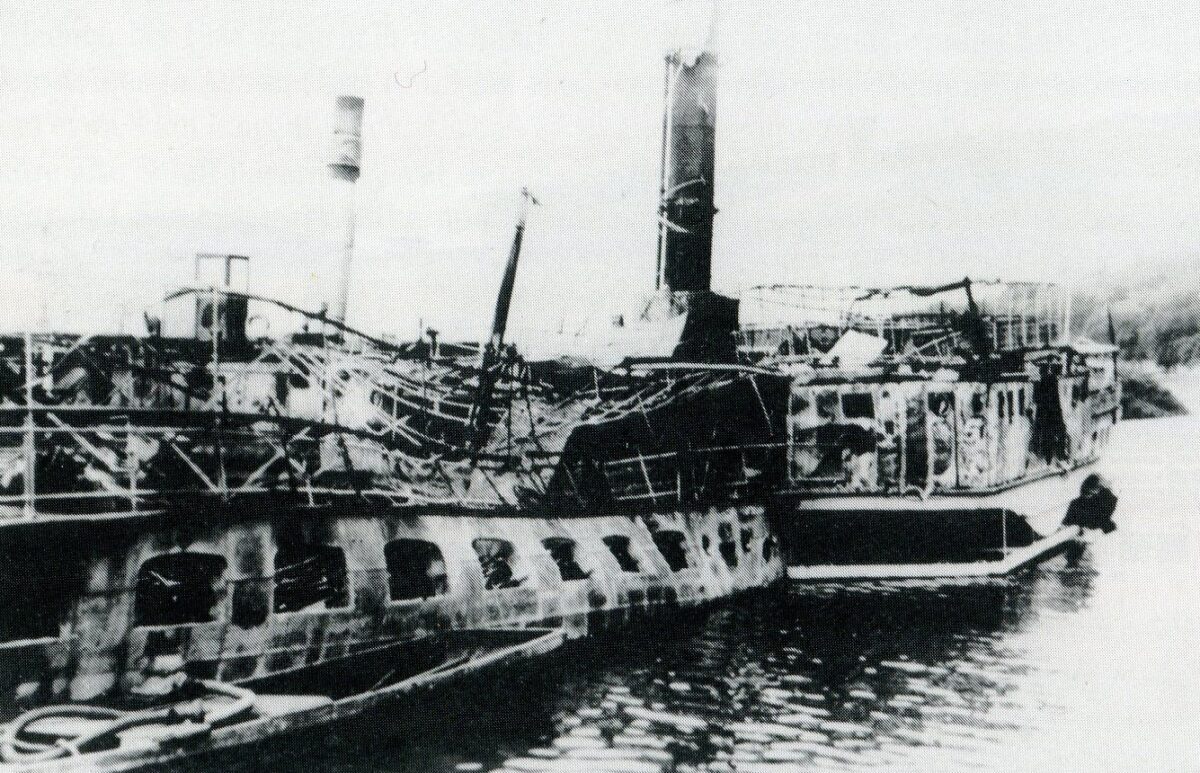
Around 5.30pm on the evening of Tuesday 13th February 1945 the first of the Lancaster bombers took off from England for the 700 mile flight to Dresden to lead the way to drop “Christmas Tree” lights to illuminate the city and mark it out as the target for the serious bombers who would follow after them. The main force then comprised 254 Lancaster bombers carrying 500 tons of high explosives and 375 tons of incendiary bombs. The high explosives were intended to rupture water mains to prevent fires being put out and to blow off roof tops, doors and windows to create the capacity for an air flow to feed the fires produced by the subsequent incendiary bombs. It was a carefully thought through scientific plan to maximise destruction..
The sirens went off in Dresden shortly before 10pm. The first bombs were dropped around 10.15pm and the last by 10.30pm. Then as survivors started to come out to assess the situation, save loved ones and try to put the fires out the second wave of British and American bombers came in about three hours later dropping a further 1,900 tons of bombs on the city. There would be two further and similar raids on the 14th and on into the 15th February devastating the city further and unleashing a fire storm which could be seen 60 miles away and which had the capacity and intensity to suck in and vaporise any people in its vicinity.
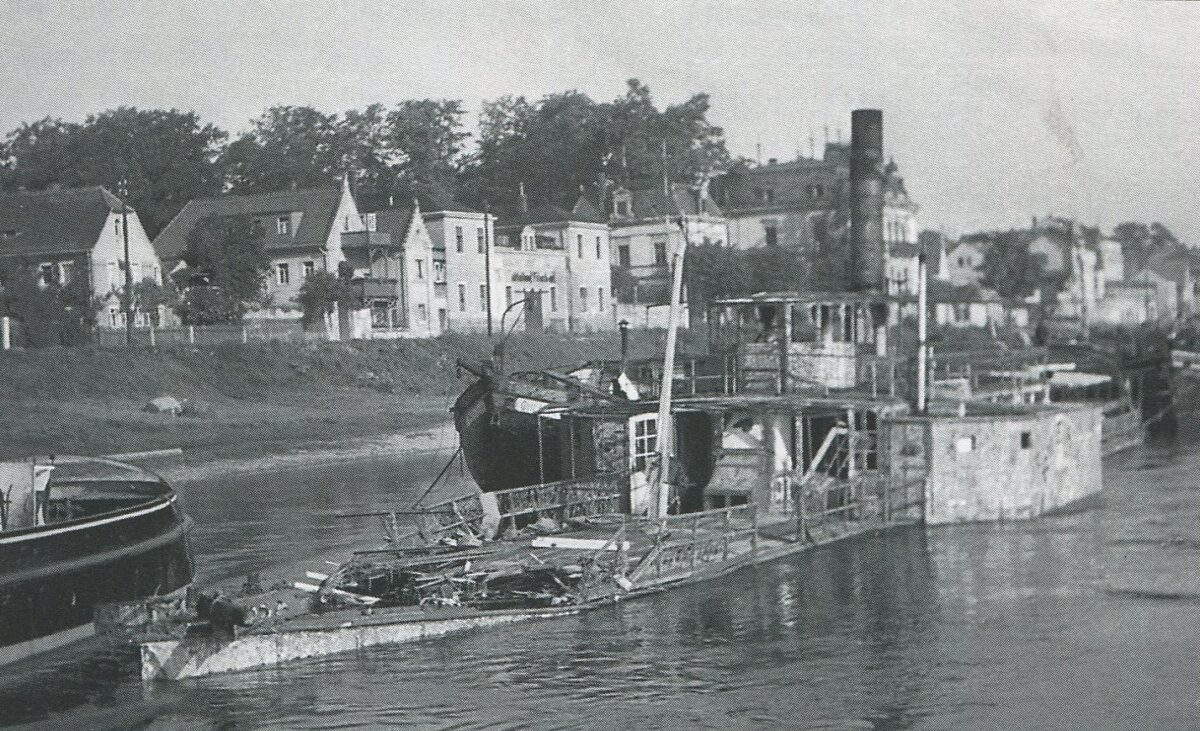
Not surprisingly such of the Dresden paddle steamers as were moored nearby on the Elbe also came in for it over these two days and nights. Amongst those seriously hit, damaged and sunk were the Leipzig, Herrnskretschen and Riesa. Pillnitz, which was berthed alongside the Terrassenufer, somehow remained afloat during the whole episode.
I first went to Dresden in 1991 shortly after the Berlin Wall came down. I remembered the bomb sites here in England from my childhood but was quite shocked to see that some still remained in Dresden almost fifty years after the war had ended. The Frauenkirche, which has now been restored, was then still lying in ruins as a pile of rubble. I was quite mesmerised by the sight of it. It was such a powerful symbol of the depths of destruction which otherwise ordinary and decent people are capable of unleashing on others when they believe that they are right and that the cause they are fighting for is just.
In the spirit of reconciliation which has flowed from Dresden since then I think that it was a nice touch when the city chose a British conductor, the late Sir Colin Davis, to be Principal Conductor of their Dresden Staatskapelle in the 1990s.
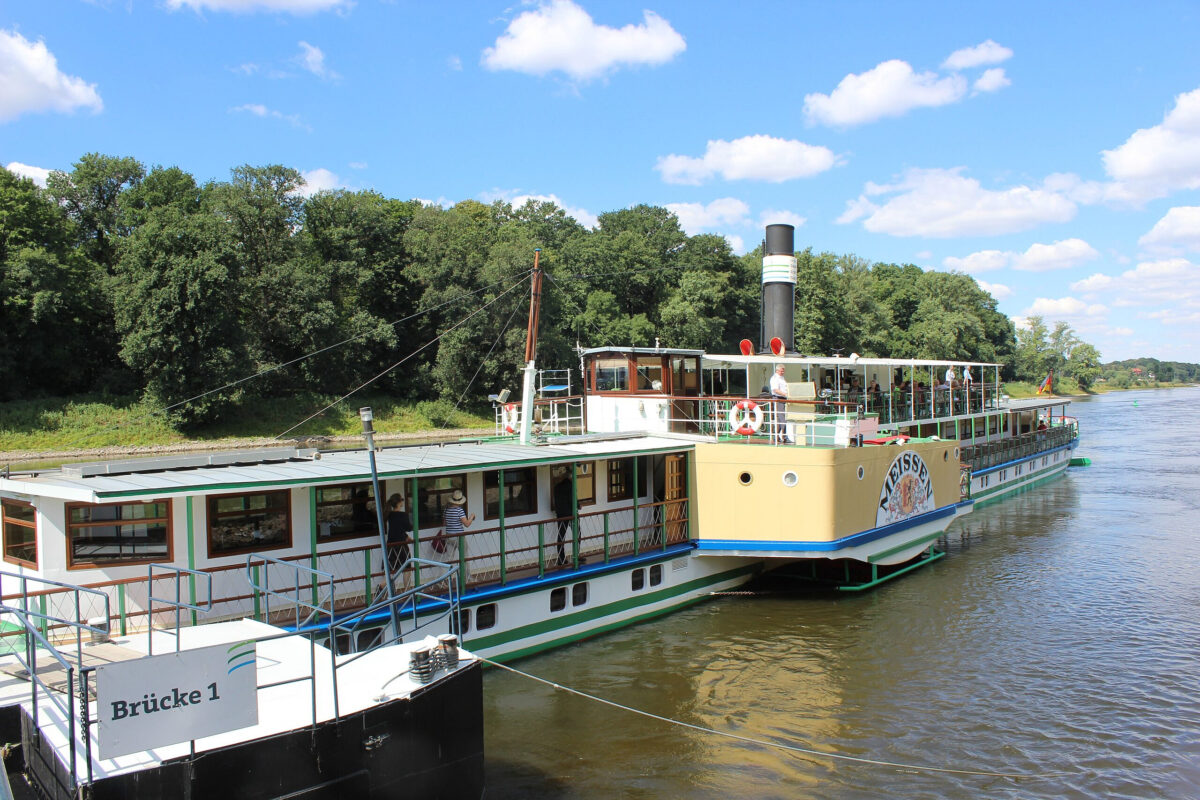
And of course back with our paddle steamer hats firmly perched on our heads, from the ashes of the war arose the largest fleet of paddle steamers still running (well Covid willing anyway) anywhere in the world today.
Kingswear Castle returned to service in 2023 after the first part of a major rebuild which is designed to set her up for the next 25 years running on the River Dart. The Paddle Steamer Kingswear Castle Trust is now fund raising for the second phase of the rebuild. You can read more about the rebuilds and how you can help if you can here.
John Megoran
This article was first published on 14th February 2021.

